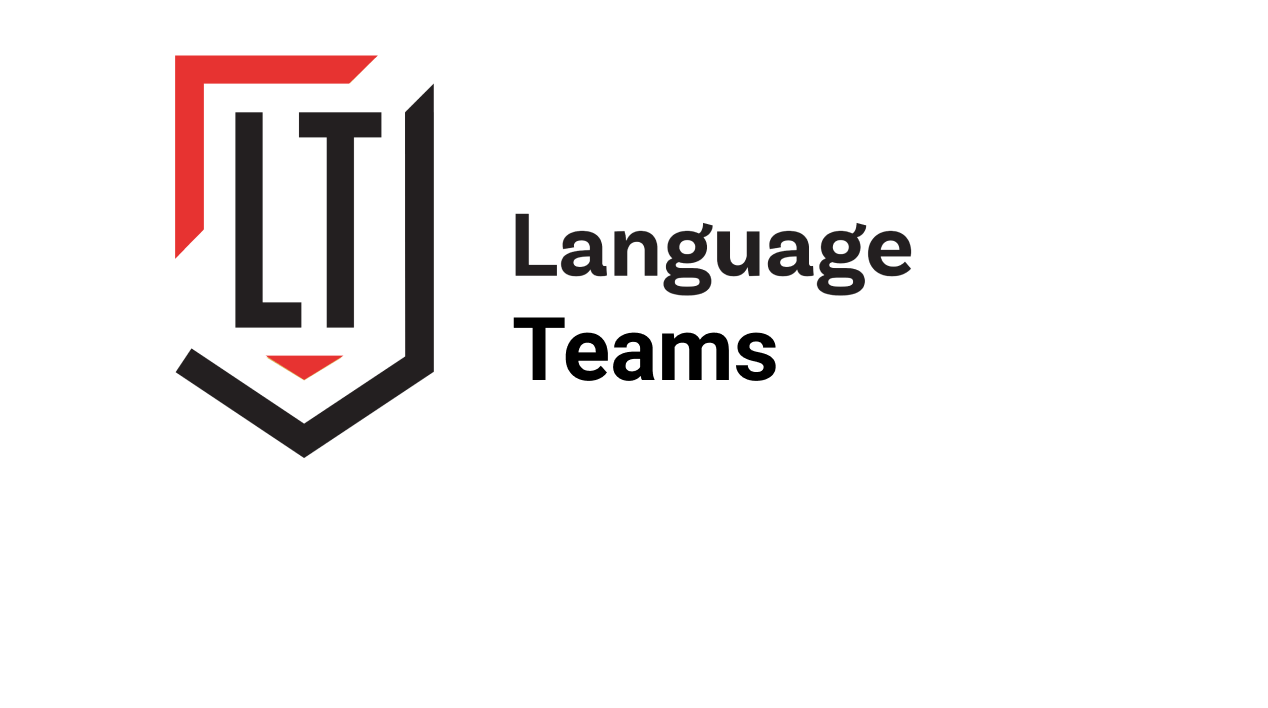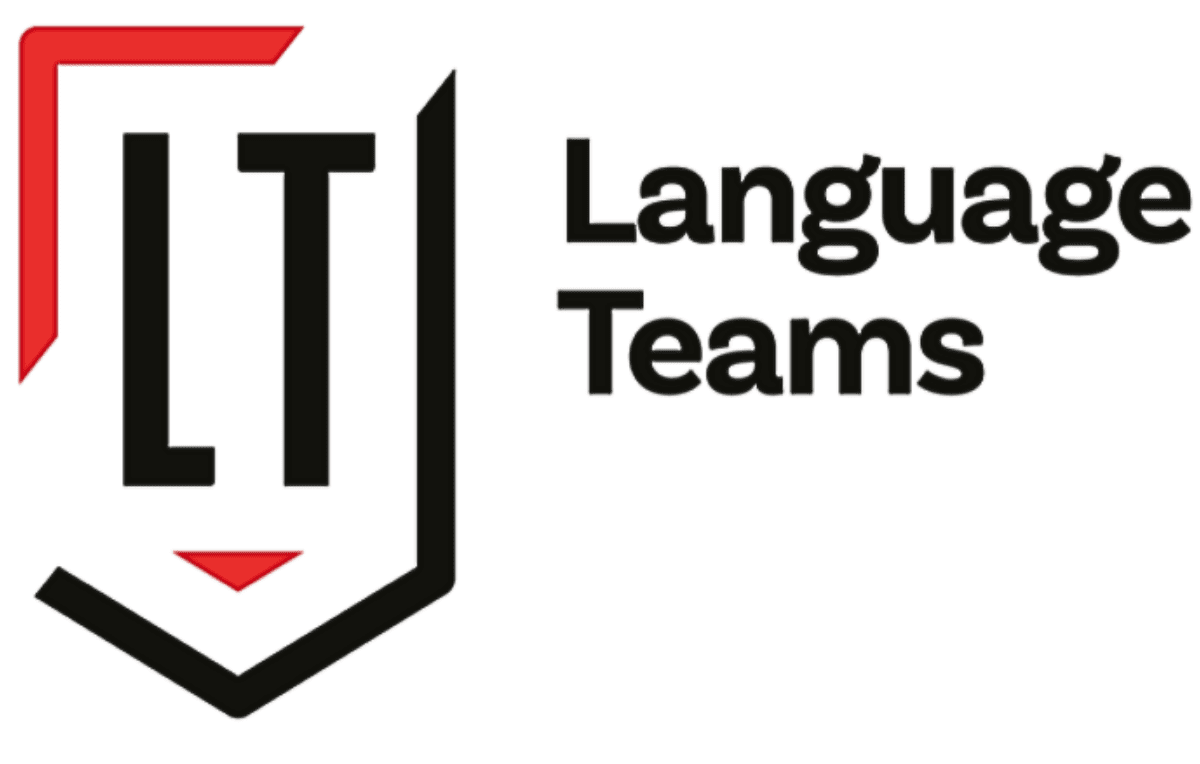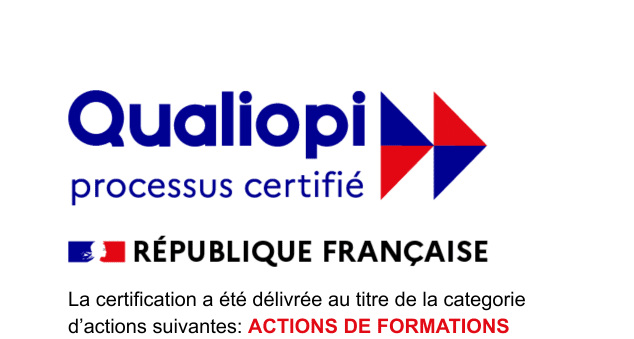Your first steps in practical communication: introducing yourself, asking simple questions and understanding basic information in everyday situations.
This course follows the Common European Framework of Reference (CEFR) and consists of three 20-hour modules. You will learn in a communicative and interactive way, alternating between listening, speaking, reading and writing.
Parcours A0 - A1
3 modules of 20 hours each
Communicative approach (CEFR)
What does level A1 mean?
At level A1, you understand familiar words and very simple sentences. You can introduce yourself, ask basic questions and hold short, predictable conversations when the other person speaks slowly and clearly. You understand practical information such as numbers, times, days, simple directions and short messages. Level A1 is the entry level for anyone who wants to use French in everyday situations.
Module A1 (3 x 20 hours)
Modules at level A1
The A1 course consists of three independent 20-hour modules. Whether you choose to enrol module by module or take the full course, you’ll begin with a self-evaluation of your European language level and a needs analysis, allowing us to tailor your learning path to your specific objectives.
Module 1 – First Contacts & Basic Communication (20h)
The first essential steps in communication: introducing yourself, exchanging simple information, and acquiring the basics of the French language.
What you will learn:
Expected results
You can ask and answer simple questions, understand basic information, form sentences, and carry out basic interactions with a patient conversation partner.
Module 2 – Personal Life & Daily Activities (20h)
You will learn how to talk about your personal environment, your routine and your daily activities.
What you will learn:
Expected results
You will be able to hold short conversations on familiar topics, understand basic information and communicate about yourself and your daily life.
Module 3 - Environment & Travel (20 hours)
Focus on orientation, description and simple practical interactions in everyday contexts.
What you will learn:
Expected results
You will be able to find your way around, write short descriptions, make simple requests and understand practical information.
What can I do at level A1?
At level A1, you are able to communicate in a simple manner, understand basic information, and read and write short messages.
Talking and interacting
You can:
Listen
You can:
Read
You can:
Write
You can:
Objectives of the A1 course
Main objective of this level
At the end of this level of training, students are able to communicate in a basic way in predictable everyday situations and to understand, use and exchange simple information orally and in writing.
What you will learn during this level
This course takes absolute beginners (A0) up to level A1 of the CEFR. The focus is on practical communication: introducing yourself, exchanging basic information, asking simple questions, understanding short instructions and gaining confidence in using French in everyday situations.
- Interact in situations involving welcoming and introducing yourself
→ introducing yourself (name, nationality, occupation, age)
→ asking questions to a conversation partner - Use essential social phrases
→ greeting, thanking, saying goodbye - Express immediate needs
- Exchange simple personal information
- Interact in common social situations
- Ask for a simple service
- Ask short questions and understand simple answers
- Participate in very simple interactions with someone who speaks slowly
- Develop listening comprehension in simple contexts.
- Understand familiar words in context.
- Understand numbers, the alphabet, dates and times.
- Understand simple announcements and signs.
- Grasp the overall meaning of slow dialogue.
- Understand practical information (directions, prices, location, time).
- Read simple sentences.
- Identify specific information in basic messages.
- Read signs, instructions, notices, and posters.
- Understand simple documents from everyday life.
- Acquire the basics of functional reading (forms, short messages).
- Write simple messages (short emails, notes)
- Fill in common forms (identity, address, telephone number)
- Write short sentences about yourself
- Produce a short description (person, place, itinerary)
- Compose simple texts adapted to level A1
- Basic verbs in the present tens
→ to be
→ to have
→ to be called - Definite and indefinite articles
- Nouns, gender and number
- Simple sentence construction
- Simple questions
- Prepositions of place (in, on, between, in front of, behind, next to, etc.)
Vocabulary related to:
- greetings and social expressions
- personal information
- family, housing, environment
- daily routines and habits
- leisure and activities
- places and objects
- expressing preferences (I like / I prefer / I don't like)
- Produce understandable pronunciation
- Identify and reproduce the basic sounds of English
- Accentuation & rhythm
- Simple liaisons
- Correct pronunciation of:
→ alphabet
→ numbers
→ dates - Phonetics applied to vocabulary per module
- Know and use French polite expressions.
- Understand the social and cultural codes of everyday French.
- Interact appropriately in simple contexts.
- Become familiar with basic French language usage (register, formality).
- Use effective learning strategies
- Gain independence through micro-tasks (action-oriented approach)
- Develop confidence in speaking
- Continue to progress outside of training
- Observe your own progress (self-assessment)
Who is this training course aimed at?
This A1 course is designed for adults who wish to start learning French and need a structured programme to take them up to level A1 of the CEFR.
This training course is ideal for:
Admission requirements
Not required:
Requirements:
When is this the right training course for you?
You should take this level if:
- you want to learn French from the very beginning
- you prefer learning a language through practice and speaking
- you want to follow a CEFR-aligned course that prepares you for higher levels
Contents of this training course
This course consists of three modules of 20 hours each, which together constitute the complete A0 → A1 course. Each module builds on the previous one and covers a specific topic, vocabulary and grammar.
In this first module, you will take your first steps in French. You will learn how to introduce yourself, ask simple questions and use basic structures.
Contents:
- greetings and social expressions (hello, thank you, goodbye)
- introducing yourself (name, nationality, profession, age)
- asking for and giving personal information
- alphabet, numbers, dates, days and months
- understanding and producing basic sentences
- understanding simple administrative information (address, number, date)
- grammar: to be / to have / to be called — present tense
- grammar: articles (the, a, an)
- basic phonetics: vowels, rhythm, simple liaisons
- micro-tasks (action-based learning): introducing yourself, filling out forms
Result:
You can hold simple conversations about yourself and exchange basic information correctly.
In Module 2, you will learn how to talk about your daily life, your environment, your family and your habits.
Contents:
- describing your family, your home and your personal situation
- daily routines (getting up, working, leisure activities, habits)
- time, frequency and simple planning
- simple social interactions (asking questions, giving answers)
- describing activities and hobbies
- reading and understanding simple texts on everyday topics
- A1 grammar: extension and consolidation
- vocabulary: family, home, work, hobbies
- phonetics: pronunciation of more difficult sounds and rhythm
- microtasks: writing a short description, presenting a daily routine
Result:
You can talk about your life, routine and environment using short, understandable sentences.
This module focuses on practical situations: describing your surroundings, asking for directions and expressing simple preferences.
Contents:
- describing places, objects and people (physical appearance, clothing)
- prepositions of place: in, on, in front of, behind, next to, between...
- asking for directions and understanding directions
- interpreting information: signs, pictograms, announcements
- expressing simple preferences: I like / I prefer / I don't like
- writing short descriptive texts (person, place, itinerary)
- interactions: asking for a service, asking a question, understanding a short answer
- grammar: consolidation of A1
- phonetics: intonation, rhythm, applied liaisons
- microtasks: describing someone, explaining an itinerary, expressing preferences
Result:
You can find your way around, describe simple situations and react appropriately in everyday contexts.
- alternating between listening, speaking, reading and writing
- role-playing and communication exercises
- use of authentic materials (video, audio, documents)
Our methodology
Our courses follow a communicative and action-oriented approach, in line with the guidelines of the CEFR.
Communicative interaction
Oral expression is at the heart of learning.
Realistic situations and dialogues.
Functional use of language (rather than theoretical).
Small groups (3 to 8 participants)
More speaking time
Immediate feedback
Individual support
Action-based learning
Role-playing games and micro-tasks
Missions in a real-world context
Emphasis on what learners can Immediately put into practice
Authentic materials
Videos, audio, advertisements, documents
Modern sources → actual language
Skills integration
Listening, speaking, reading and writing combined
Natural language progression
One-to-one lessons
Maximum speaking time
Flexible scheduling
Assessment and monitoring
Our courses follow a communicative and action-oriented approach, in line with the guidelines of the CECR.
Starting level and needs analysis
Self-assessment of oral proficiency
Needs analysis
Placement in the appropriate level
Progress and adjustments
Formative assessments (4 skills)
Teacher observation
Content adapted to level and pace
Tasks and exercises in a realistic context
Final assessment and certification
Summative assessment according to the CEFR
Certificate of competence
Report and satisfaction survey
Practical information
- Organised into three 20-hour modules
- This modular programme is made up of three independent 20-hour modules.
- Learners may enrol module by module (each unit of 20 hours) to progress at their own pace, or register for the full programme.
- Intensive schedule: usually two weeks per module (2 hours per day, Monday to Friday).
- Evening schedule: usually five weeks per module (4 hours per week, 2 evenings)
- We offer individual lessons as well as small-group classes (3 to 8 participants).
- Personalised support and plenty of speaking practice.
- Available online, on-site, or hybrid
- For online lessons, a laptop/smartphone + internet, microphone, and camera are required
- authentic texts, audio and video
- grammar and vocabulary sheets
- interactive tools such as Quizlet, Padlet and Kahoot
- all materials are shared digitally via Digiforma or Drive
- laptop or notebook
- headphones for online lessons
- motivation & active participation
- New modules start several times a year.
- For start dates, please refer to the registration form or contact us.
We strive to make our courses accessible to as many students as possible. Do you need specific support or adjustments during classes (online or on-site)? Please contact our accessibility officer:
Accessibility contact person:
Ingrid Bouillé — ingrid@languageteams.com
Together, we will look at what adjustments are possible, such as:
- extra time or support during tasks
- clarified instructions
- alternative materials
- help with digital tools
- adapted teaching methods for specific needs
People with disabilities or learning difficulties are encouraged to contact us in advance so that we can provide an optimal learning experience.
Quality & Satisfaction
These results are based on feedback from 132 out of 362 students, we remain committed to boosting both approval and participation rates.



